Kyoto stands apart from other Japanese cities for one remarkable reason — it’s the only major city that escaped bombing during World War II. While Tokyo, Osaka, and others were rebuilt from scratch, Kyoto retained its historic core. Walking through this ancient capital feels like stepping through a time portal, where 1,200-year-old temples sit alongside traditional wooden houses that have sheltered families for generations.
The city served as Japan’s imperial capital for over a millennium, from 794 to 1868, making it the undisputed heart of Japanese culture and tradition. Today, it’s home to over 1,600 Buddhist temples and 400 Shinto shrines, many dating back centuries. Here’s a list of 17 places where you can genuinely feel the weight of history beneath your feet.
Kiyomizu-dera Temple
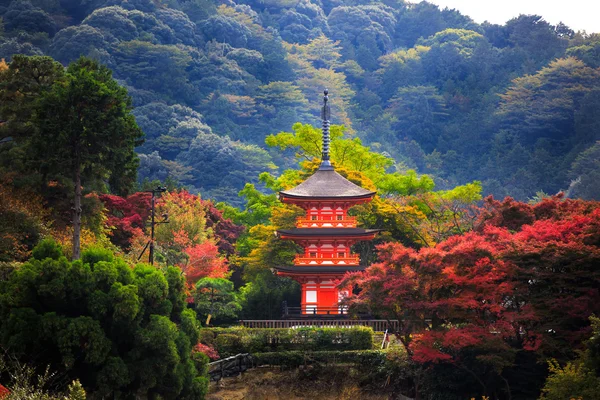
This wooden wonder perches on the eastern hills like something straight out of a fairy tale. The temple’s main hall features a large wooden terrace supported by tall pillars, offering panoramic views of Kyoto. What makes it truly special is that the entire structure was built without using a single nail — just interlocking wooden joints that have remained intact since 1633.
The temple gets its name from the Otowa Waterfall that cascades down the hillside, where pilgrims have been drinking the sacred waters for centuries. Standing on that famous wooden stage, with the city sprawling below and ancient pine trees swaying around you, it’s impossible not to feel connected to the countless generations who’ve stood in that exact spot.
Fushimi Inari Taisha
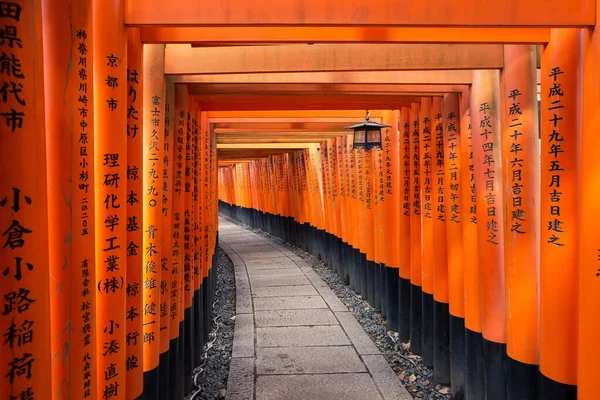
Thousands of vermillion torii gates create stunning tunnels along the mountainside at this iconic shrine. The path winds upward for about 2.5 miles, each bright orange gate donated by businesses and individuals over the past several centuries. What’s fascinating is how this tradition continues today — you’ll see brand new gates alongside weathered ones from the 1800s.
The shrine itself dates back around 1,300 years and is dedicated to Inari, the Shinto deity of rice and prosperity. Walking through those endless tunnels of gates, especially in the early morning mist, feels like traveling through time itself. The higher you climb, the older and more mystical everything becomes.
Like Travel Pug’s content? Follow us on MSN.
Arashiyama Bamboo Grove
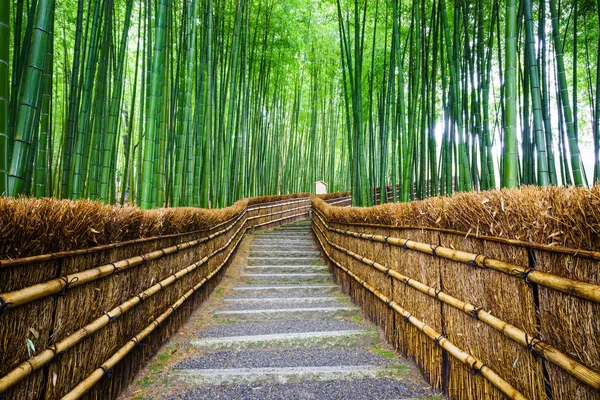
Nature and history intertwine beautifully in this otherworldly forest. The bamboo groves create a serene escape with their towering stalks filtering sunlight into ethereal green beams. This isn’t just a pretty Instagram spot — it’s been a sacred place since ancient times.
Buddhist monks would retreat here for meditation, and the imperial court would visit during the Heian period for moon-viewing parties. The sound of bamboo rustling in the wind creates an almost musical atmosphere that the Japanese call ‘bamboo music.’ Walking the stone paths through these towering green corridors, you’re following the same routes that emperors and poets trod over a thousand years ago.
Gion District

Gion has preserved the customs and appearance of medieval Japan with its traditional entertainment district where geisha still practice traditional arts. The narrow cobblestone streets are lined with machiya — traditional wooden townhouses that function as both homes and businesses.
You may catch a glimpse of geiko or maiko going to and from teahouses, their wooden sandals clicking on the ancient stones. The teahouses here aren’t just for show — many have been serving clients for over 200 years, maintaining traditions that stretch back to the imperial court. Evening is the magical time here, when paper lanterns cast warm glows on dark wooden facades, and you can almost hear the shamisen music drifting from behind closed doors.
Kinkaku-ji (Golden Pavilion)
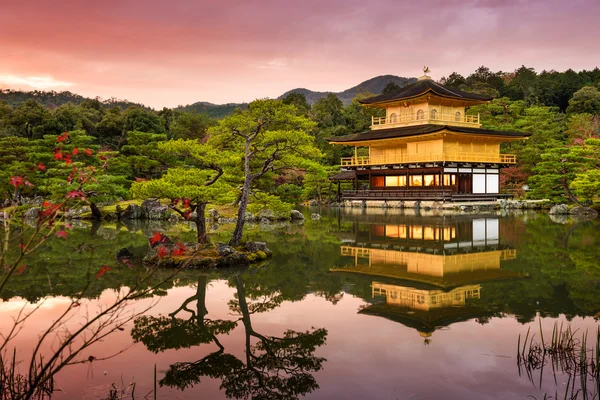
This three-story temple literally glows like a jewel against its reflecting pond. The famed ‘Golden Pavilion’ is covered entirely in gold leaf, creating an unforgettable sight that has captivated visitors since 1397. The building served as a retirement villa for a shogun before becoming a temple, and its architecture perfectly blends different historical periods — each floor represents a different architectural style from ancient Japan.
The surrounding gardens were designed to represent the Buddhist cosmos, with carefully placed stones and islands symbolizing different spiritual concepts. What’s remarkable is how unchanged the view remains from centuries-old paintings and woodblock prints.
Like Travel Pug’s content? Follow us on MSN.
Pontocho Alley
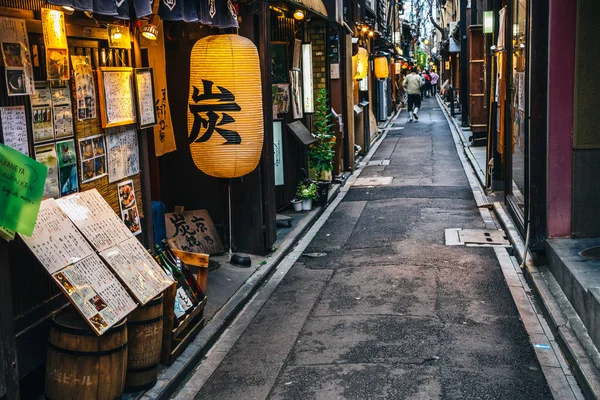
Pontocho’s name comes from the Portuguese word for ‘Port’ and sits directly on the banks of the Kamo River. This impossibly narrow alley — barely wide enough for two people to pass — has been Kyoto’s premier entertainment district for over 350 years.
The traditional restaurants here build wooden platforms called ‘kawadoko’ that extend over the river during summer months, a practice that dates back to the 1600s. You’ll find canals like the Takasegawa River with scenic paths and dozens of traditional dining spots. The alley comes alive at dusk when red lanterns illuminate the wooden facades, and you can spot geisha hurrying to their evening appointments.
Sanjusangen-do Temple
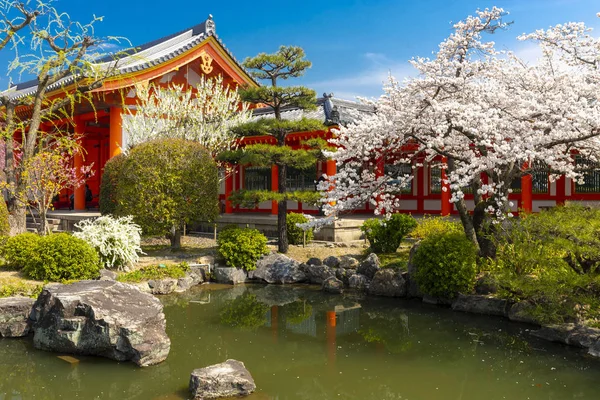
The 120-meter-long temple hall is Japan’s longest wooden structure, housing 1001 human-sized gold statues of Kannon along with a giant wooden statue from the 1200s. Walking into this hall is like stepping into another dimension — the sheer scale is overwhelming, and the sight of all those golden figures stretching into the distance creates an almost hypnotic effect.
This temple was built in 1164 and has survived fires, earthquakes, and wars. The statues themselves are masterpieces of Buddhist art, each one slightly different, carved by master craftsmen over several decades. The building technique used here — interlocking wooden beams without nails — represents the pinnacle of traditional Japanese carpentry.
Yasaka Shrine
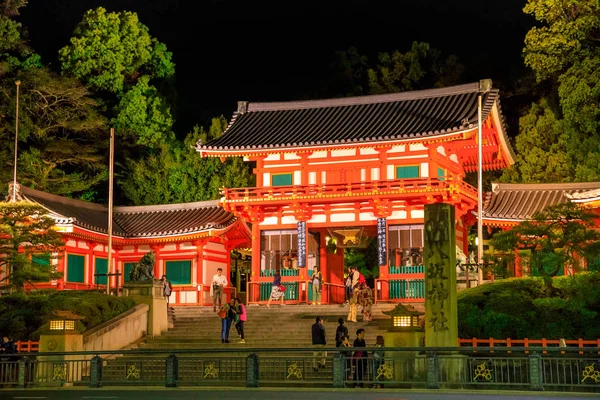
Perched at the eastern end of Gion, this shrine has been watching over Kyoto since 656 AD. Yasaka Shrine hosts the famous Gion Matsuri festival and its lanterns are lit every evening. The shrine’s vermillion buildings and stone lanterns create a particularly atmospheric scene at twilight.
What makes this place special is its continuous role in Kyoto life — it’s not just a tourist attraction but a living, breathing center of worship where locals still come to pray for good fortune. The massive stone torii gate at the entrance has welcomed pilgrims for over 800 years, and the ancient trees on the grounds have witnessed the rise and fall of emperors and shoguns.
Like Travel Pug’s content? Follow us on MSN.
Tenryu-ji Temple
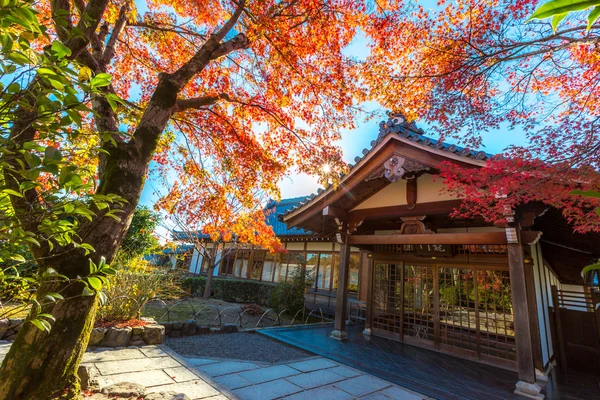
This UNESCO World Heritage Site in Arashiyama features gardens that are the main attraction, including a pond and a Zen garden with an overlooking platform. Founded in 1339, this temple represents the pinnacle of Zen garden design. The landscape garden here isn’t just beautiful — it’s a three-dimensional philosophy lesson.
Every rock, every tree, every curve of the pond was placed with intention to represent Buddhist concepts about the nature of existence. The temple buildings showcase classic Zen architecture, with sliding doors that open to frame the garden like living paintings. Standing in the meditation hall, looking out at those perfectly composed views, you’re seeing exactly what Zen monks have contemplated for nearly 700 years.
Philosopher’s Path
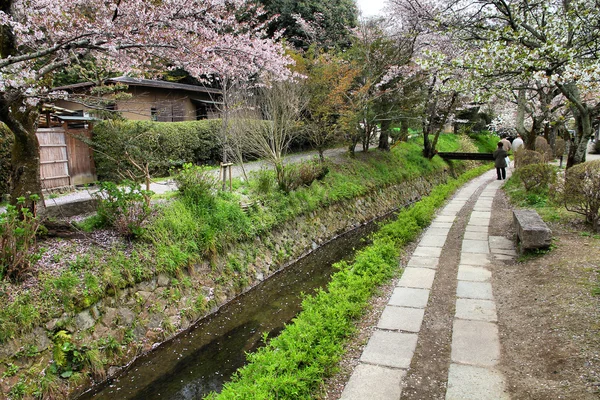
This gentle 1.2-mile stone walkway follows an ancient canal through Kyoto’s cultural heart. The path connects multiple temples and offers a leisurely walk through pristine old townscapes. Named after philosopher Nishida Kitaro, who walked this route daily for meditation in the early 1900s, the path actually follows a much older route used by Buddhist pilgrims for centuries.
Cherry trees line the entire length, creating a tunnel of pink blossoms in spring. Traditional shops, temples, and tea houses dot the route, many unchanged for generations. Walking this path, especially in the early morning when mist rises from the canal, feels like joining a centuries-old meditation practice.
Ginkaku-ji (Silver Pavilion)
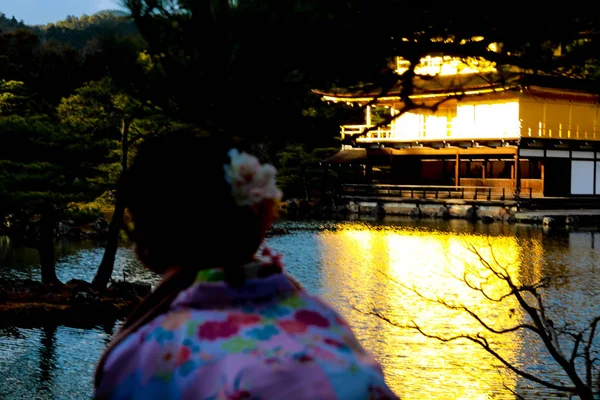
This temple, nicknamed the Silver Pavilion though never actually covered in silver, was built by 15th-century shogun Yoshimasa and is now a UNESCO World Heritage Site. The complex represents the height of Japanese aesthetic refinement during the Muromachi period.
The building itself is a masterpiece of restraint — its dark wood and simple lines create a sense of elegant understatement that influenced Japanese design for centuries. The gardens here are considered among the finest examples of Japanese landscape art, featuring both a traditional pond garden and an abstract sand and stone garden. The view from the upper garden, looking down over Kyoto through ancient pine branches, captures the essence of Japanese ma — the beauty found in empty spaces.
Like Travel Pug’s content? Follow us on MSN.
Nijo Castle
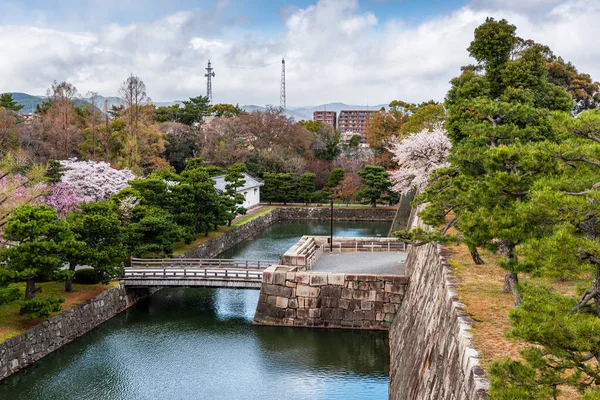
This isn’t just a castle — it’s a time capsule of the Edo period’s political power. Nijo Castle’s expansive grounds and ornate buildings exemplify the power and wealth of the samurai clans during the Edo period (1603-1867). The famous ‘nightingale floors’ were designed to squeak when walked upon, alerting guards to intruders. The painted sliding doors throughout the castle tell stories of power and politics through gorgeous artwork.
What’s remarkable is how perfectly preserved everything remains — you can still see the exact rooms where shoguns held court, where political alliances were formed, and where the decision to restore imperial power was made in 1867. The castle grounds also feature some of Japan’s finest gardens, designed to impress and intimidate visiting daimyo.
Higashiyama Historic District
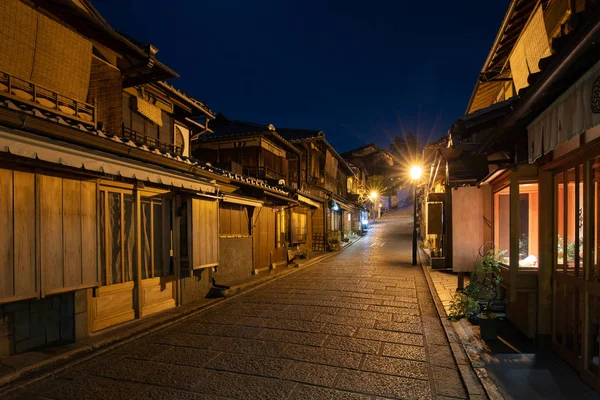
This preserved area features beautiful traditional homes and serves as a cultural, historical, and tourist center with prominent temples and traditional restaurants. The narrow stone-paved streets here, Sannenzaka and Ninenzaka, have been designated as preservation districts to maintain their Edo-period atmosphere. Walking these streets lined with traditional timber buildings occupied by local artisans is like stepping back in time.
Many of the wooden houses are over 200 years old, their dark timber facades weathered to a beautiful silver-gray. Traditional craftspeople still work here — you can watch potters, weavers, and sweet-makers practicing trades passed down through generations. The district comes alive during the annual Hanatoro festival when thousands of lanterns illuminate the historic streets.
Byodo-in Temple
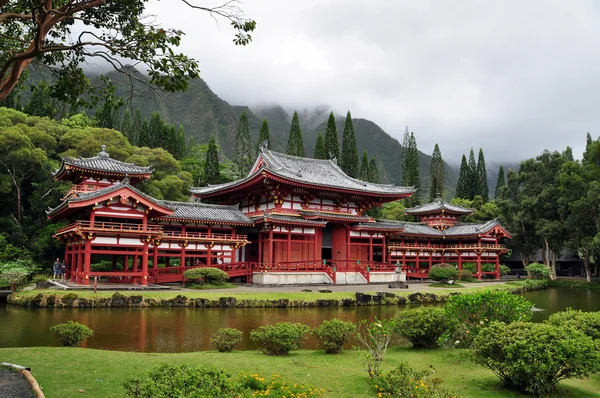
Originally built as a holiday villa for aristocrats, this temple was converted to Buddhist use in the 11th century. The Phoenix Hall, featured on the 10-yen coin, seems to float above its reflecting pond like a bird about to take flight. This is pure Heian period architecture at its most refined — the building’s graceful curves and upturned rooflines represent the aesthetic ideals of the imperial court 1,000 years ago.
Inside, the golden Buddha statue sits in meditation, surrounded by intricate carvings and paintings that have survived nearly a millennium. The temple represents the Buddhist concept of the Pure Land — a paradise that aristocrats of the Heian court tried to recreate on earth.
Like Travel Pug’s content? Follow us on MSN.
Shimogamo Shrine
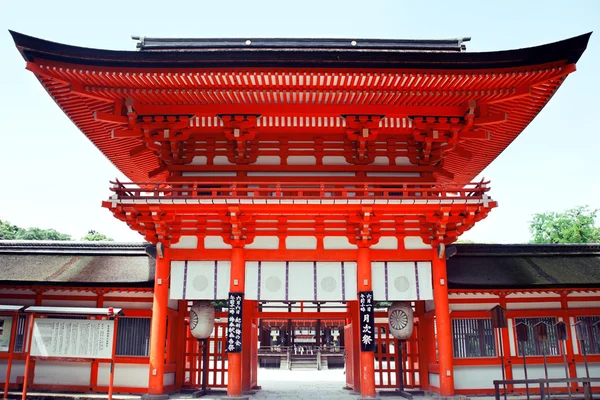
This ancient shrine at the end of a nature path through Tadasu-no-mori Forest has excavations that have unearthed ancient earthenware from the Jomon period (14,000-300 BC). Walking the forest approach to this shrine feels like traveling back to prehistoric Japan. The massive trees — some over 600 years old — create a cathedral-like atmosphere that the Japanese consider sacred.
The vast tree-lined approach passes through ancient forest, making it one of Kyoto’s most atmospheric shrines. This is believed to be one of Japan’s oldest shrines, predating even the founding of Kyoto itself. The shrine buildings, with their distinctive cypress bark roofs and unpainted wood, represent the purest form of Shinto architecture — a direct connection to Japan’s ancient animistic beliefs.
Tofuku-ji Temple
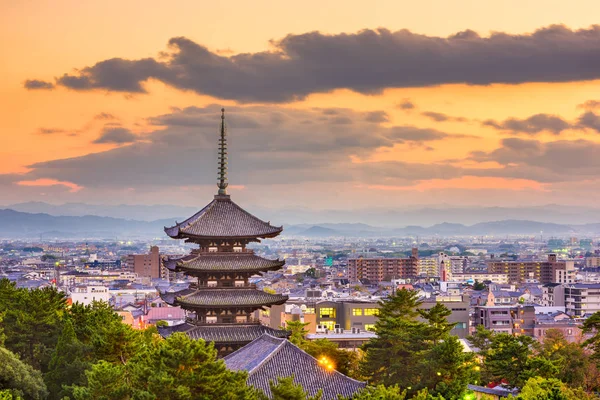
This massive Zen complex showcases medieval temple architecture on a grand scale. The temple was founded in 1236 and contains some of Japan’s oldest Zen buildings. The Tsuten Bridge offers spectacular views over maple trees that turn brilliant red in autumn — the same view that has inspired countless poets and painters for over 700 years.
What makes Tofuku-ji special is its completeness — you can explore meditation halls, monks’ quarters, gardens, and gates that function exactly as they did centuries ago. The temple still houses an active community of Zen monks who maintain the same daily routines practiced for over 750 years. Walking through the complex, especially in the quiet early morning hours, you become part of this unbroken chain of spiritual practice.
Kamigamo Shrine
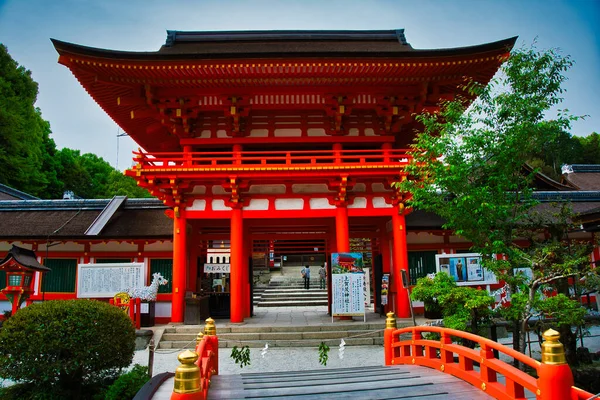
This huge shrine complex north of Kyoto proper represents one of the city’s most important Shinto sites. Founded in 678 AD, it’s even older than Kyoto itself. The shrine buildings showcase the evolution of Shinto architecture over 1,300 years, from simple wooden structures to elaborate painted halls. The historical residences east of the shrine line the Myojin River with homes previously occupied by Shinto priests.
These traditional houses, with their distinctive earthen walls and tile roofs, show how religious communities lived for centuries. The shrine’s famous horse races, held annually since 1093, continue traditions that connect directly to imperial court culture. Standing in the shrine’s main courtyard, surrounded by ancient cedar trees and listening to the sound of the sacred stream, you’re experiencing Japan exactly as it was over a millennium ago.
Like Travel Pug’s content? Follow us on MSN.
When Past Meets Present
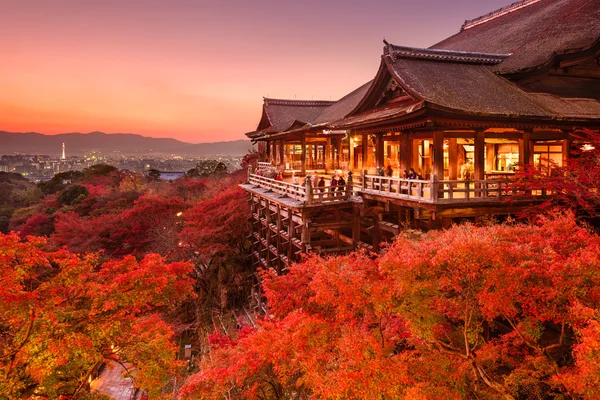
These 17 places aren’t just tourist attractions frozen in time — they’re living pieces of history where ancient traditions continue to thrive in modern Japan. Kyoto remains the cultural capital where traditional arts from kabuki theater to kaiseki cuisine are passed down by artisans from generation to generation.
Walking through these temples, shrines, and historic districts, you’re not just observing the past but participating in it. Every stone path you follow, every wooden temple you enter, and every traditional street you wander connects you directly to the countless generations who found meaning, beauty, and spirituality in these same sacred spaces.
More from Travel Pug

- 20 Best Beach Towns in the Carolinas
- 13 Destinations Where Tourists Regularly Regret Their Trip
- 20 Things You Actually Get in First Class
- 20 Small Airports With Aviation Museums
- 20 Places in the U.S. That Are Perfect for a Reset Trip
Like Travel Pug’s content? Follow us on MSN.
